
In recent years, the construction industry has
witnessed a significant transformation fueled by technological advancements and
innovations. Among the key areas driving change is the intersection of
packaging and construction technologies. This article explores the latest
trends and breakthroughs in building materials, construction methods, and
packaging solutions that are shaping the future of the construction market.
1. Sustainable Building Materials:
The construction industry is increasingly prioritizing sustainability, and this is reflected in the development and use of eco-friendly building materials. One notable innovation is the rise of recycled and renewable materials. Companies are exploring alternatives to traditional construction materials, incorporating recycled plastics, reclaimed wood, and other sustainable resources. These materials not only contribute to environmental conservation but also help reduce construction costs and waste.
In addition to recycled materials,
advancements in nanotechnology have enabled the creation of smart materials
with enhanced properties. For example, self-healing concrete uses embedded
capsules of bacteria that release limestone, automatically repairing cracks in
the structure. This not only extends the lifespan of buildings but also reduces
the need for frequent maintenance.
2. Prefabrication and Modular Construction:
Prefabrication and modular construction are gaining traction as efficient methods to streamline the building process. Prefabricated components are manufactured off-site and then assembled on-site, reducing construction time and costs. Advanced packaging solutions play a crucial role in protecting and transporting these components. Innovations in packaging materials and designs ensure that prefabricated elements arrive on-site in optimal condition, ready for quick and easy assembly.
Moreover, the integration of Building
Information Modeling (BIM) technology with prefabrication allows for precise
planning and coordination, resulting in better-quality construction. This
collaborative approach optimizes the use of materials and minimizes waste,
contributing to both economic and environmental sustainability.
3. 3D Printing in Construction:
The use of 3D printing has revolutionized a variety of industries, including building. 3D printing enables the creation of complex structures layer by layer, offering design flexibility and cost-effectiveness. The application of 3D printing in construction extends to creating entire buildings, as well as intricate components like facades and interior elements.
Packaging solutions for 3D-printed
construction components involve protecting delicate structures during
transportation. Ensuring that printed elements reach the construction site
intact is essential for maintaining structural integrity. This has led to the
development of specialized packaging materials designed to withstand the
challenges of transportation while keeping the printed components secure.
4. Advanced Insulation Technologies:
Energy efficiency is a growing concern in the construction industry, leading to innovations in insulation technologies. Improved packaging solutions play a role in preserving the integrity of insulation materials during transportation and storage. Aerogels, for instance, are ultra-lightweight and highly effective insulation materials that are finding increased use in the construction sector. Specialized packaging ensures that these delicate materials reach their destination without compromising their thermal properties.
Additionally, the integration of smart
technologies in insulation systems allows for better control of temperature and
energy consumption within buildings. Advanced packaging incorporating sensors
and monitoring devices ensures that these smart insulation solutions are
protected during transit, preserving their functionality upon arrival.
5. Digitalization and IoT in Construction:
The Internet of Things (IoT) and digitalization are transforming the construction landscape by providing real-time monitoring and data-driven insights. From smart construction equipment to connected building systems, the construction industry is becoming increasingly digitized. This digital transformation requires robust packaging solutions for electronic components, ensuring they remain secure and operational throughout the supply chain.
Innovations in digital construction
technologies allow for better project management, resource optimization, and
predictive maintenance. Packaging solutions for these technologies need to
consider factors such as shock resistance, temperature control, and
electromagnetic interference protection to guarantee the reliability of the
embedded electronics.
6.Robotics and Automation in Construction:
The integration of robotics and automation is revolutionizing construction sites, enhancing efficiency and safety. Construction robots are now being employed for tasks such as bricklaying, excavation, and even 3D printing of large-scale structures. This trend not only accelerates the construction process but also minimizes the risk of human error. Packaging solutions for robotics and automation components are becoming more specialized, addressing the need for secure transportation and protection against environmental factors.
Furthermore, autonomous construction vehicles
are gaining prominence, reducing the reliance on manual labor. These vehicles
require advanced packaging designs that accommodate the intricacies of their
components, ensuring they arrive on-site in optimal working condition. The
collaboration between packaging engineers and robotics specialists is vital to
create solutions that guarantee the longevity and functionality of these
cutting-edge construction technologies.
7. Circular Economy Practices:
The construction industry is increasingly embracing circular economy principles, aiming to minimize waste and promote resource sustainability. This involves reusing and recycling materials, and packaging solutions are integral to this endeavor. Packaging materials that are reusable, recyclable, or made from recycled content contribute to the circular economy model.
Moreover, the concept of circularity extends
to the end-of-life of buildings. Demolition and deconstruction processes are
evolving to salvage and repurpose materials, creating a demand for packaging
solutions that facilitate the responsible disposal and recycling of
construction waste.
Conclusion:
The synergy between packaging and construction technologies is evident in the ongoing innovations that are reshaping the
industry. From sustainable building materials to advanced construction methods
like 3D printing and prefabrication, packaging plays a crucial role in ensuring
the safe and efficient transportation of these materials and components. As the
construction industry continues to evolve, embracing these technological
advancements is key to achieving sustainable, cost-effective, and efficient
building practices. By staying informed about the latest trends in both
packaging and construction, stakeholders can position themselves at the
forefront of a rapidly changing and increasingly interconnected industry.
Trending Posts

Global Silver Nanoparticles Market
The global silver nanoparticles market was valued at $2.08 billion in 2020, and is projected to reach $4.1 billion by 2027, growing at a CAGR of ~17%

LNG Bunkering – Here is something you must know!
In the current scenario of growing pollution, companies are trying to adapt more and more sustainable approach that not only gives eco-friendly result

The Basic Pension Comes - Federal Cabinet Decides On the Pension Supplement
Financial security in old age is an issue that is causing stomach pains for more and more people in Germany. Low-wage earners fear the elderly. The ba

The Future of Artificial Intelligence
In recent years, the field of artificial intelligence (AI) has witnessed unprecedented growth and transformative advancements. As AI technologies

Sailing into the future with Autonomous Ships
Autonomous Vehicles (AVs) are the uproar of this era. After airways, thanks to the companies like Tesla, that people are now getting used to see drive

Rising Demand For Uninterrupted Power Supply Is Expected To Drive The Power Rental Market
Todays world is totally reliant on electric power. There are many things which are not manageable without electricity. Power rental is a concept where

Rapidly growing IT industry coupled with the trend of bringing your own device (BYOD) is expected to provide new opportunities for growth of Cloud Collaboration
Cloud collaboration is the process of sharing and co-authoring the computer-based work through cloud technology
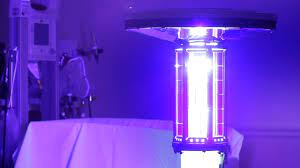
Factcheck on UV Disinfection for COVID-19
Many regulatory authorities and bodies believe that UV disinfection technologies can play a role in a multiple barrier approach to reducing the transm
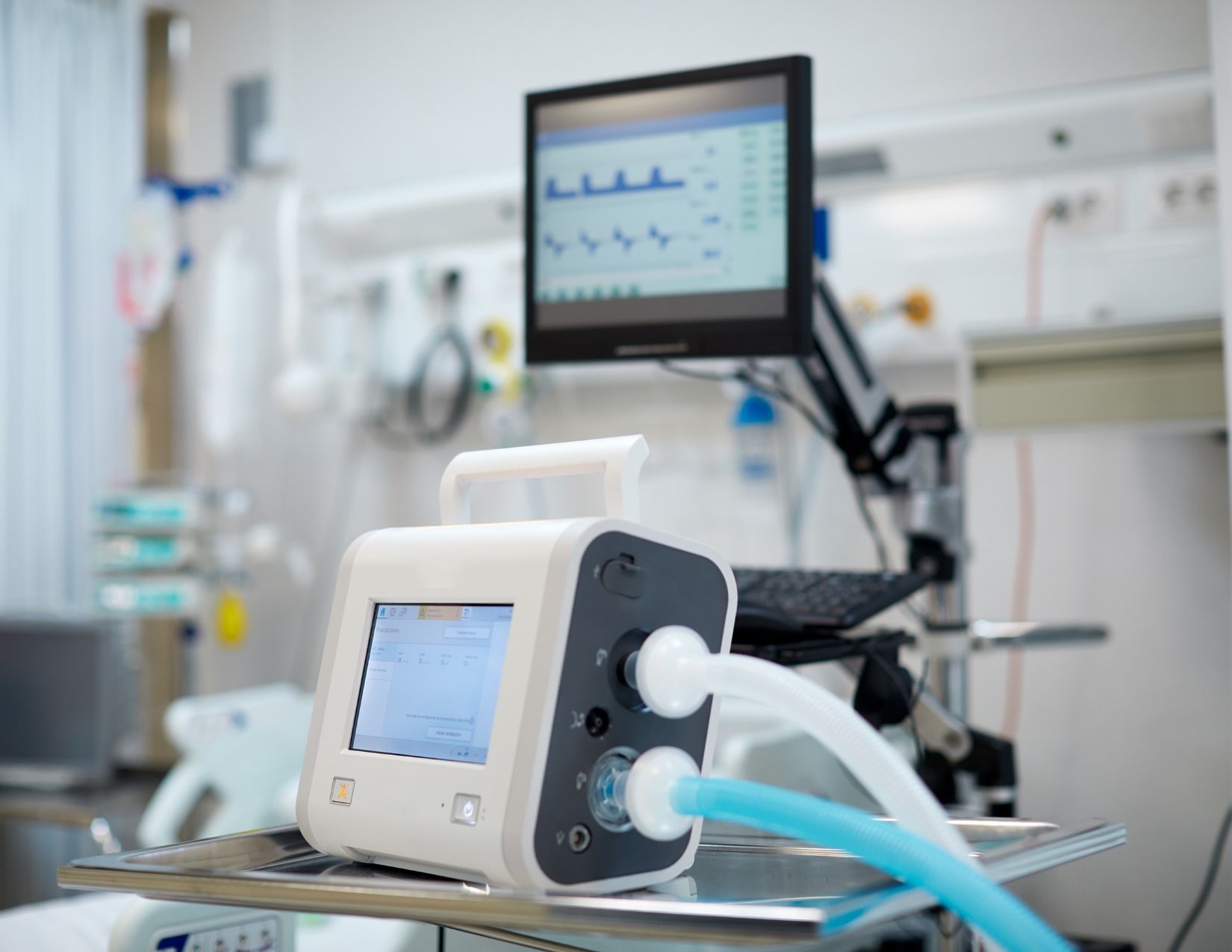
The Global Ventilator Market Grows at a CAGR of 7.75 %
The Global Ventilator Market, which was at $688 million in the year 2016, is about to double by the year 2025, and reach a value of $1,347 million. Th

Vaccination: Vaccination Against Measles is Now Mandatory in Germany
The subject of compulsory vaccination has always heated peoples minds and caused emotionally charged discussions. The latest law in this area - the ob
Recent Posts

Growth and Future Trends of the Global In-Line UV-Vis Spectroscopy Market
In-line UV-Vis spectroscopy is a powerful analytical tool widely adopted in various industries for real-time monitoring of chemical and biological processes. This market is experiencing robust growth due to its applications in pharmaceutical.

Understanding the Growth Dynamics of the Premium Luggage Market
The market for premium luggage has grown massively over the years. This is attributed to several factors, including a change in consumer preference, increase in disposable incomes, and an overall rise in international travel.

Global Potassium Sorbate Market: Growth and Forecast
The Global Potassium Sorbate Market has gained significant traction due to the rising demand for preservatives across various industries, especially in food and beverages. Potassium sorbate, a salt of sorbic acid.

Global Venturi Masks Market Growth and Forecast
Venturi masks, also known as air-entrainment masks, play a crucial role in delivering a precise oxygen concentration to patients, particularly those suffering from chronic respiratory conditions such as COPD (Chronic Obstructive Pulmonary Disease).
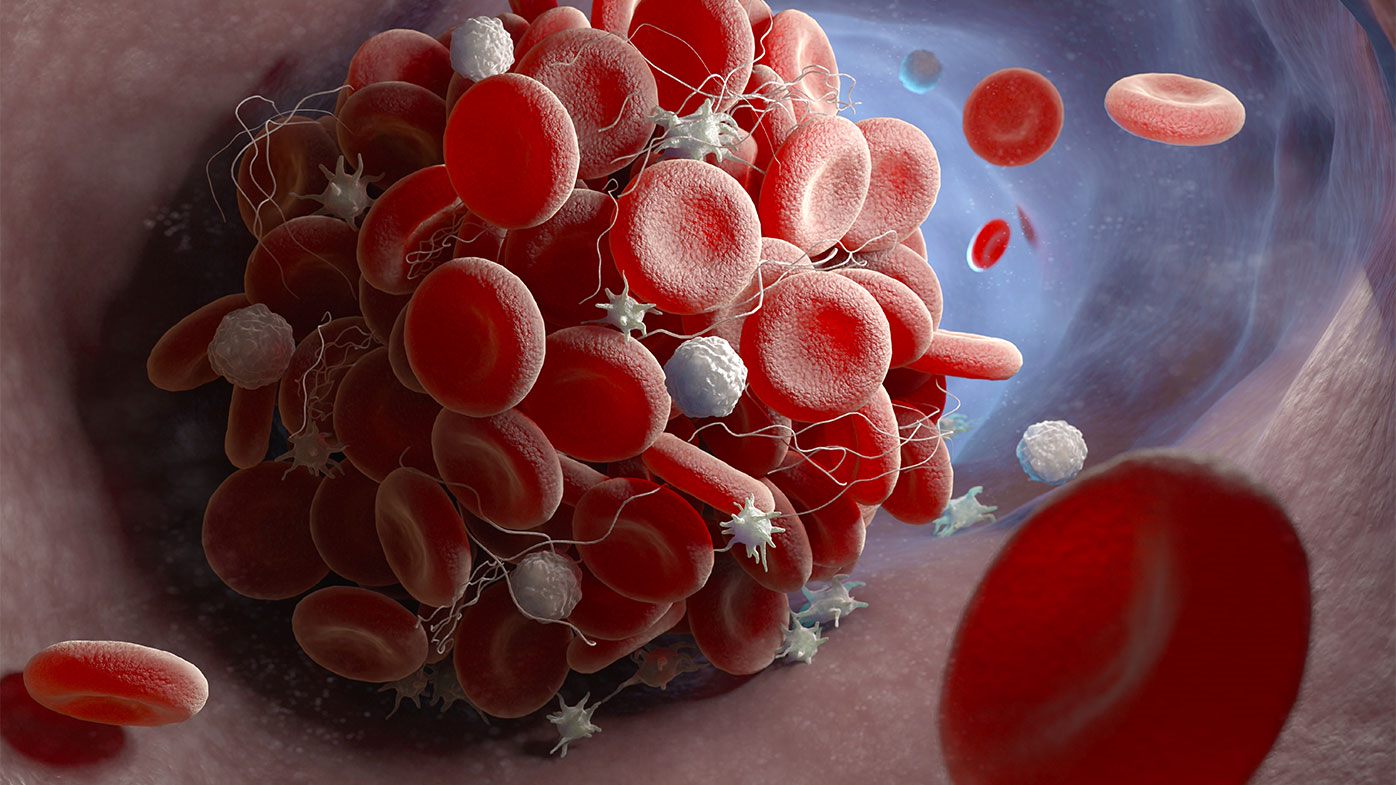
Global Venous Thromboembolism (VTE) Therapeutics Market: Overview, Growth, and Forecast
Venous thromboembolism (VTE) is a critical medical condition including deep vein thrombosis and pulmonary embolism. In fact, it is one of the preventable causes of death in the hospital environment. It has experienced a substantial upsurge.

Global Vein Illumination Device Market: Growth and Forecast
The global vein illumination device market is experiencing significant growth, Due to a growing demand for minimally invasive procedures and an increase in chronic diseases, not to mention development in medical technology.

Global Vasculitis Treatment Market: Growth and Forecast
Vasculitis represents a group of disorders involving inflammation of blood vessels. It can affect parts of the body such as the skin, kidneys, lungs, and joints, and without proper treatment it may cause severe morbidity.
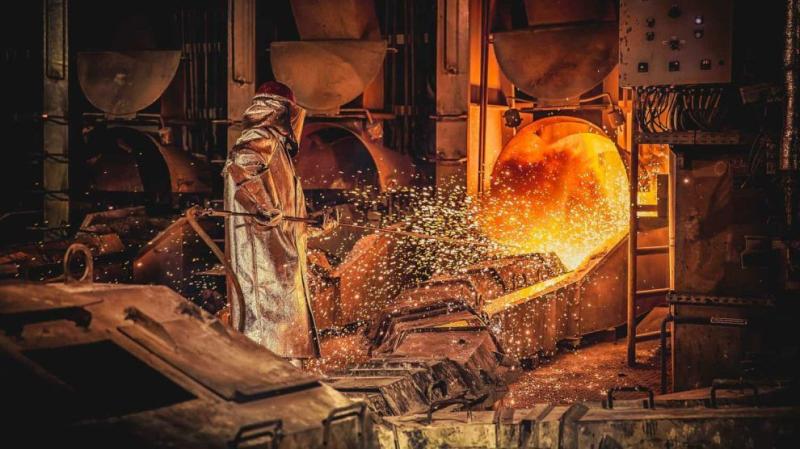
Global Fired Heaters Market: Growth and Forecast
The global market for fired heaters is growing at a rapid pace due to increased demand from major industries such as the oil & gas, chemical, and petrochemical sectors. Fired heaters are among the most crucial components of process heating systems.

Global Gas Flares Market Growth and Forecast
The growth in oil and gas production, environmental regulations, and a need for an effective waste gas management system are driving the global gas flares market. Gas flares are a crucial equipment in the oil and gas industry.
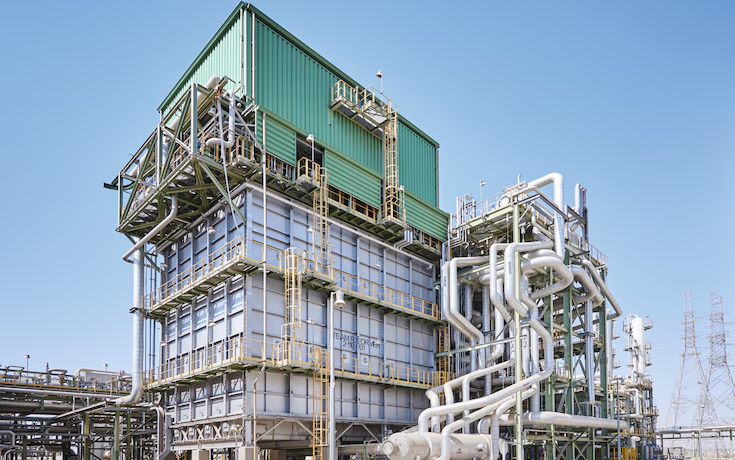
Global Steam Reformers Market: Growth, Trends, and Forecast
The steam reformers market is witnessing significant growth due to increased demand for hydrogen in industries like chemicals, refining, and fertilizers.
